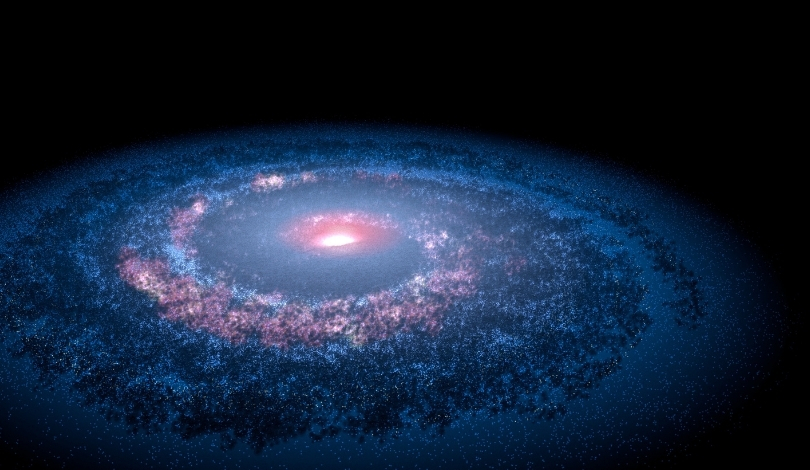The discovery of planets around other stars has revolutionized our understanding of the universe and the evolution of stellar systems. With advancements in telescopes and detection techniques, researchers have identified over 5,000 exoplanets, ranging from large gas giants to Earth-sized rocky worlds. Two recent discoveries of protoplanetary disks in binary star systems have provided new insights into the complex processes of planetary formation.
Research from years ago has consistently shown that protoplanetary disks are essential for planet formation. However, earlier studies lacked the detail needed to understand the specific conditions that enable these disks to persist or dissipate. The use of advanced instruments such as ALMA and the Keck II telescope marks a significant improvement in our ability to study these phenomena, offering more precise data on disk structures and their interactions with binary stars.
New Discoveries in Binary Systems
Recent observations using the Atacama Large Millimeter/submillimeter Array (ALMA) and the Keck II telescope have revealed protoplanetary disks around young binary stars. The ALMA array, located in the Atacama Desert, consists of 66 antennae working together to capture high-resolution images of these distant objects. Researchers from the National Radio Observatory announced the findings at an American Astronomical Society meeting.
Understanding Disk Dynamics
The study focused on two binary systems: DF Tau and FO Tau. DF Tau shows two cool dust disks with one magnetically locked to its star. The inner disk appears to have eroded, suggesting a link between stellar rotation, magnetic locking, and early disk dissipation. FO Tau, on the other hand, has disks aligned with the binary orbit and stars that are magnetically locked to their disks, showing different dynamics.
Implications for Planet Formation
ALMA’s high-resolution imaging has revealed intricate disk sub-structures such as spiral patterns, gaps, and rings. While it cannot yet resolve details in the DF Tau and FO Tau systems, this research marks progress in understanding planetary formation in close binary systems. Exploration of disk sizes, structures, and magnetic fields in these systems provides valuable data for future studies.
The continuous study of protoplanetary disks offers a deeper understanding of the factors influencing planetary system formation. Insights gained from binary systems like DF Tau and FO Tau could help refine models of stellar and planetary evolution. With ongoing advancements in observational technology, future research will further illuminate the complexities of these cosmic phenomena.










